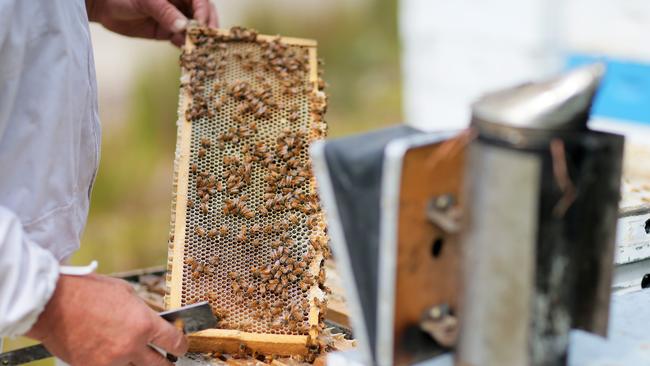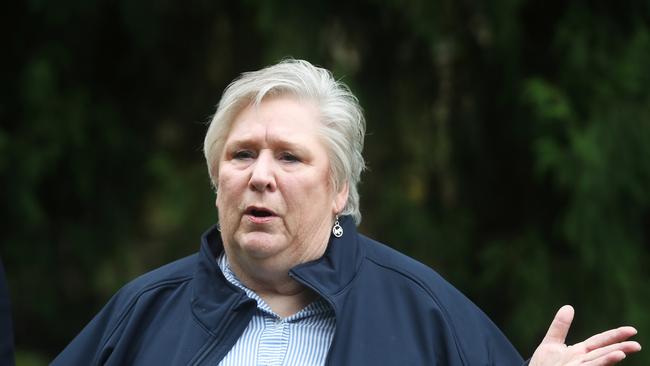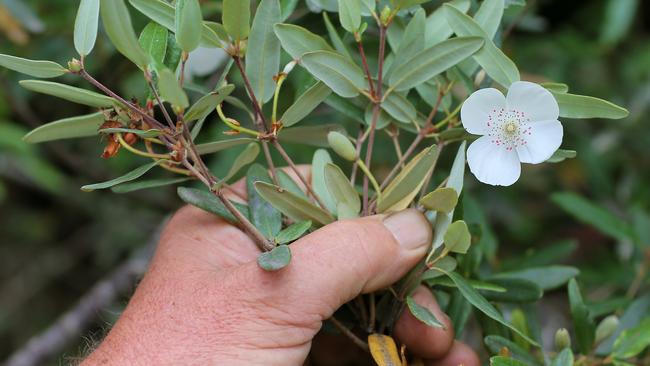Jan Davis and beekeepers’ nervous wait to see if hives and leatherwood survive fires
The state’s leatherwood honey is unique and there are fears trees and hives could have been destroyed in the West Coast fires. What we know.

Tasmania
Don't miss out on the headlines from Tasmania. Followed categories will be added to My News.
It is a nervous wait for Tasmanian beekeepers who fear bushfires on the West Coast may have destroyed valuable hives.
Tasmanian Beekeepers Association secretary Jan Davis said the extent of the damage from the fires to the bees and hives was still to be determined.
“Anecdotally we are hearing that hives have been lost,” she said.
“One producer rang me yesterday and he thought he’d lost 200 hives but no-one knows yet.
“It is also too early to assess what damage has been done to specific vegetation, including leatherwood trees.
“The trouble also is that the smoke can make it difficult for the bees to navigate, they can’t find the nectar or make their way back to the hives.”

Tasmania’s beekeepers produce more than 1,000 tonnes of honey each year, with a farm gate value of around $15m.
More than 75 per cent of Tasmania’s honey production is from leatherwood blossom which grows mainly in the West Coast’s ancient temperate rainforests of west coast.
The trees flowers from early January to April.
At this time of year, the northwest and west coast regions are home to around 20,000 local beehives.

Ms Davis said the fires could be devastating to the leatherwood trees.
“They are very fragile and that is the only place they are found,” she said.
Beekeepers Association president, Lindsay Bourke, said beekeepers with hives in the area were keeping in close contact with fire authorities and the Parks and Wildlife Service to ensure their at-risk hives remain safe.
“It takes between 30 and 150 years for a leatherwood tree to produce a good flow of nectar,” he said.
“So, any leatherwood trees that do survive fires or regenerate in affected areas will not be producing much honey in our lifetime.”
More Coverage
Originally published as Jan Davis and beekeepers’ nervous wait to see if hives and leatherwood survive fires





